
AeroGenie — ваш интеллектуальный второй пилот.
В тренде
Categories
Experts Highlight Kerala's Potential for Air Taxi Services

Experts Highlight Kerala's Potential for Air Taxi Services
Transforming Urban Mobility in Kerala
Kerala stands on the cusp of a significant transformation in its transportation landscape with the potential introduction of air taxi services. Experts gathered at the Kerala Aviation Summit in Kochi emphasized that the successful implementation of such services hinges on the state government’s ability to address critical infrastructure gaps and streamline regulatory frameworks. The integration of seaplanes, helicopters, and electric vertical take-off and landing aircraft (eVTOLs) promises to revolutionize urban mobility across the region, offering new connectivity options for both residents and tourists.
The summit, jointly organized by Cochin International Airport Ltd (CIAL) and the Federation of Indian Chambers of Commerce and Industry (FICCI), featured a panel discussion led by Captain KNG Nair, chairman and managing director of Thumby Aviation. Industry leaders underscored the strategic importance of Cochin International Airport as a potential hub for launching air taxi operations, highlighting Kerala’s unique geographic and economic advantages.
Infrastructure and Operational Considerations
Panelists pointed to Kerala’s abundant water bodies and dams as ideal for seaplane operations, which could significantly enhance access to remote and tourism-rich areas. Payal Satheesh, vice-president of Sarla Aviation, expressed strong interest in establishing an operational base at CIAL, noting the suitability of hybrid air taxis for connecting key pilgrimage and tourist destinations such as Munnar, Thekkady, Alappuzha, and Sabarimala. Syed Kamran Hussain, India RSO representative for De Havilland Aircraft of Canada Ltd, emphasized the urgent need to expand infrastructure to support seaplane services, while Sunil Narayan, chairman and managing director of helicopter operator Chipson, highlighted the effectiveness of seaplanes in regions with limited road connectivity.
The panel also recommended increasing the number of helipads across the state and permitting single-engine helicopters to operate from rooftops, a measure that could mitigate space constraints in urban areas. The minimal runway requirements of eVTOLs were identified as a significant advantage, making them particularly well-suited for Kerala’s densely populated cities. Experts further suggested that smaller helicopters could play a vital role in alleviating chronic traffic congestion, offering a practical alternative to traditional ground transport.
Challenges and Market Dynamics
Despite the promising outlook, experts acknowledged several challenges that must be overcome to realize the full potential of air taxi services in Kerala. These include heightened market competition, complex taxation issues, and a shortage of skilled personnel—challenges that have been observed across the broader charter aviation industry. The sector’s rapid growth, reflected in the recent surge of eVTOL stock valuations, may also experience a period of market correction before achieving sustained expansion.
The evolving market landscape is marked by strategic moves from major players seeking to consolidate their positions. Joby Aviation’s recent acquisition of Blade Air Mobility’s passenger operations exemplifies the intensifying competition within the eVTOL air taxi market. Meanwhile, renewed investor interest in companies such as Lilium, despite previous financial setbacks, indicates ongoing confidence and commitment to the sector’s future.
As Kerala explores the integration of air taxis into its transportation network, summit participants stressed the importance of proactive policy measures and targeted infrastructure development. These steps will be crucial to ensuring that the state can effectively capitalize on this emerging opportunity and position itself at the forefront of innovative urban mobility solutions.
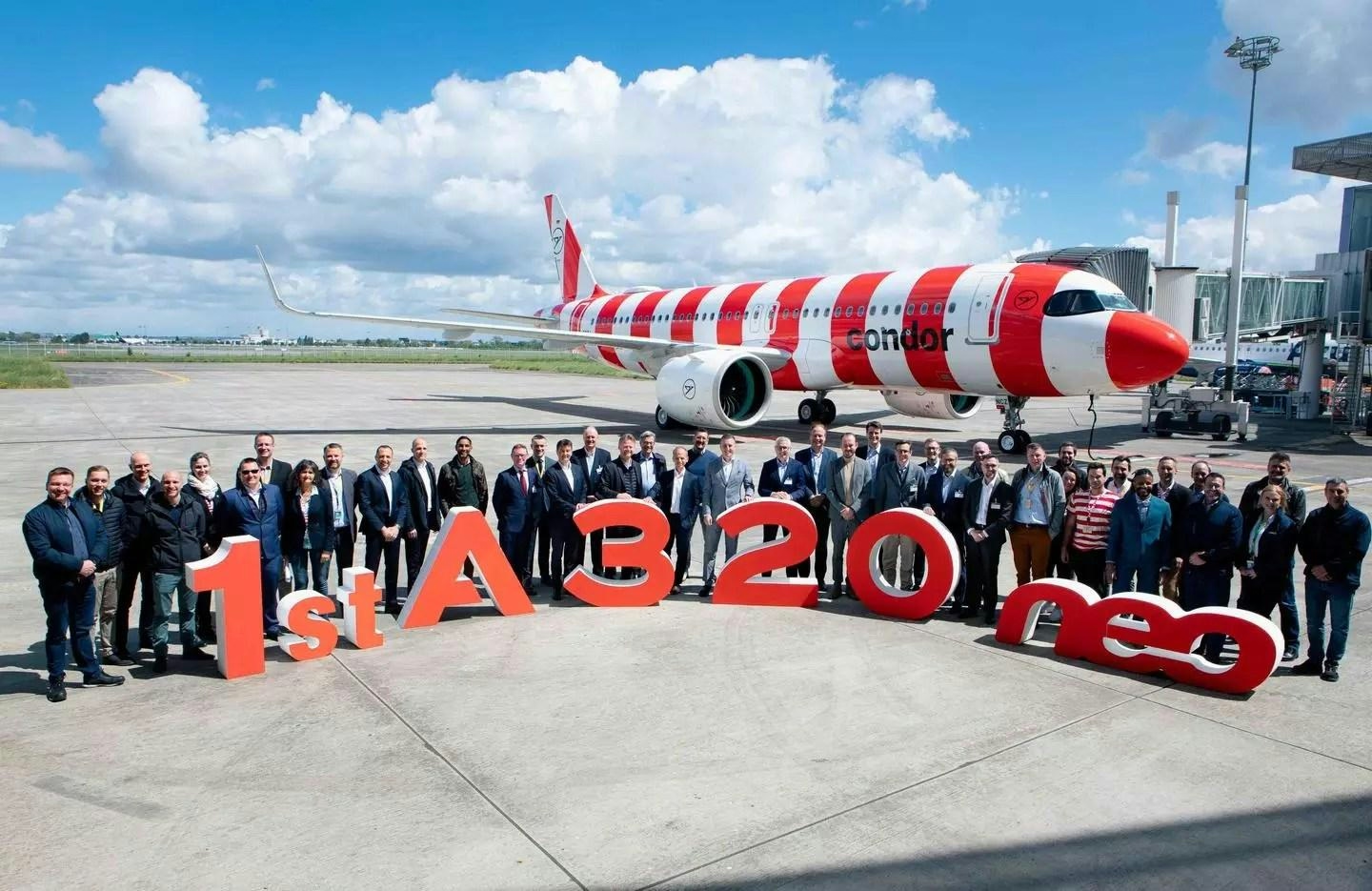
Airbus Surpasses 500 Jet Deliveries in First Nine Months

AeroCore Expands in São Paulo, Advancing Aviation Efficiency and Sustainability

Silent wings: Top 10 electric planes promising fast, quiet journeys
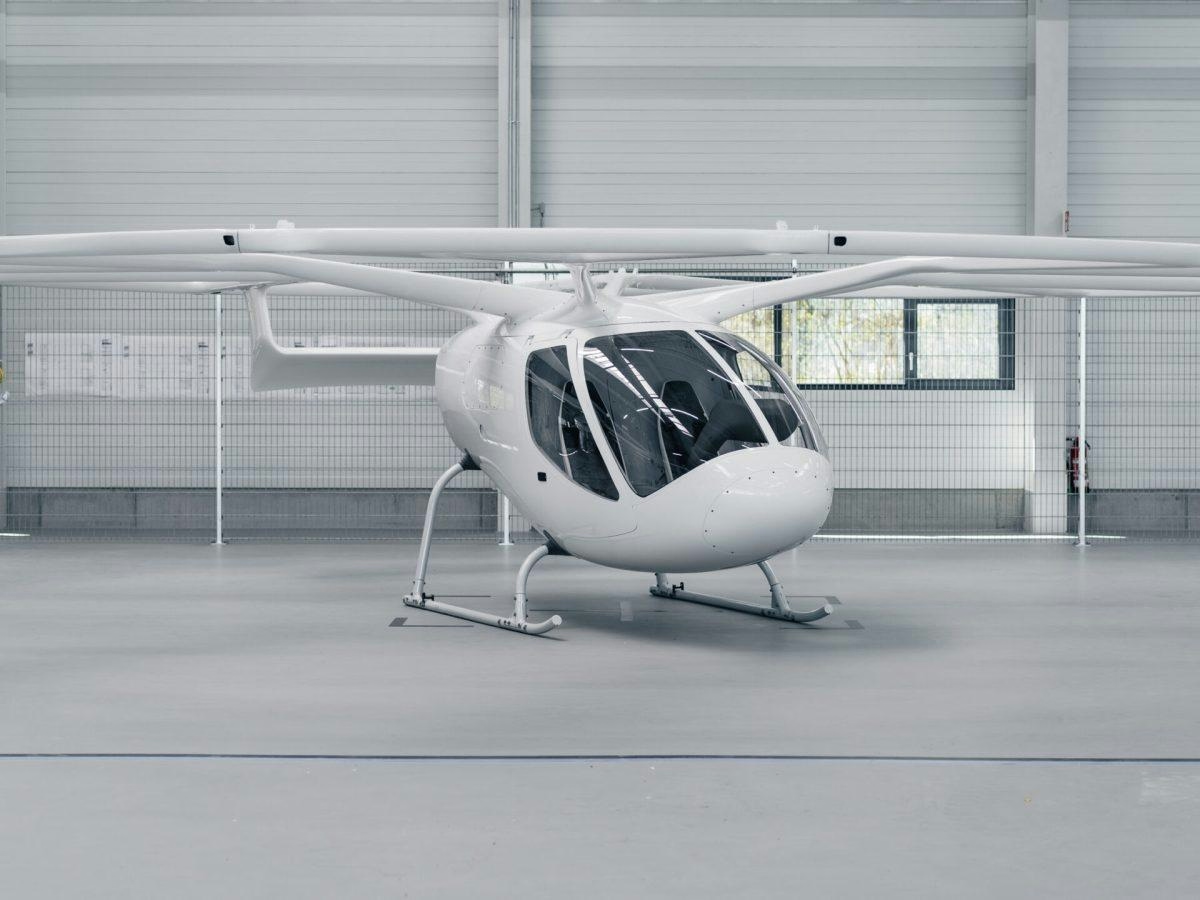
ePlane Collaborates with Dassault Systèmes to Accelerate Electric Air Taxi Development
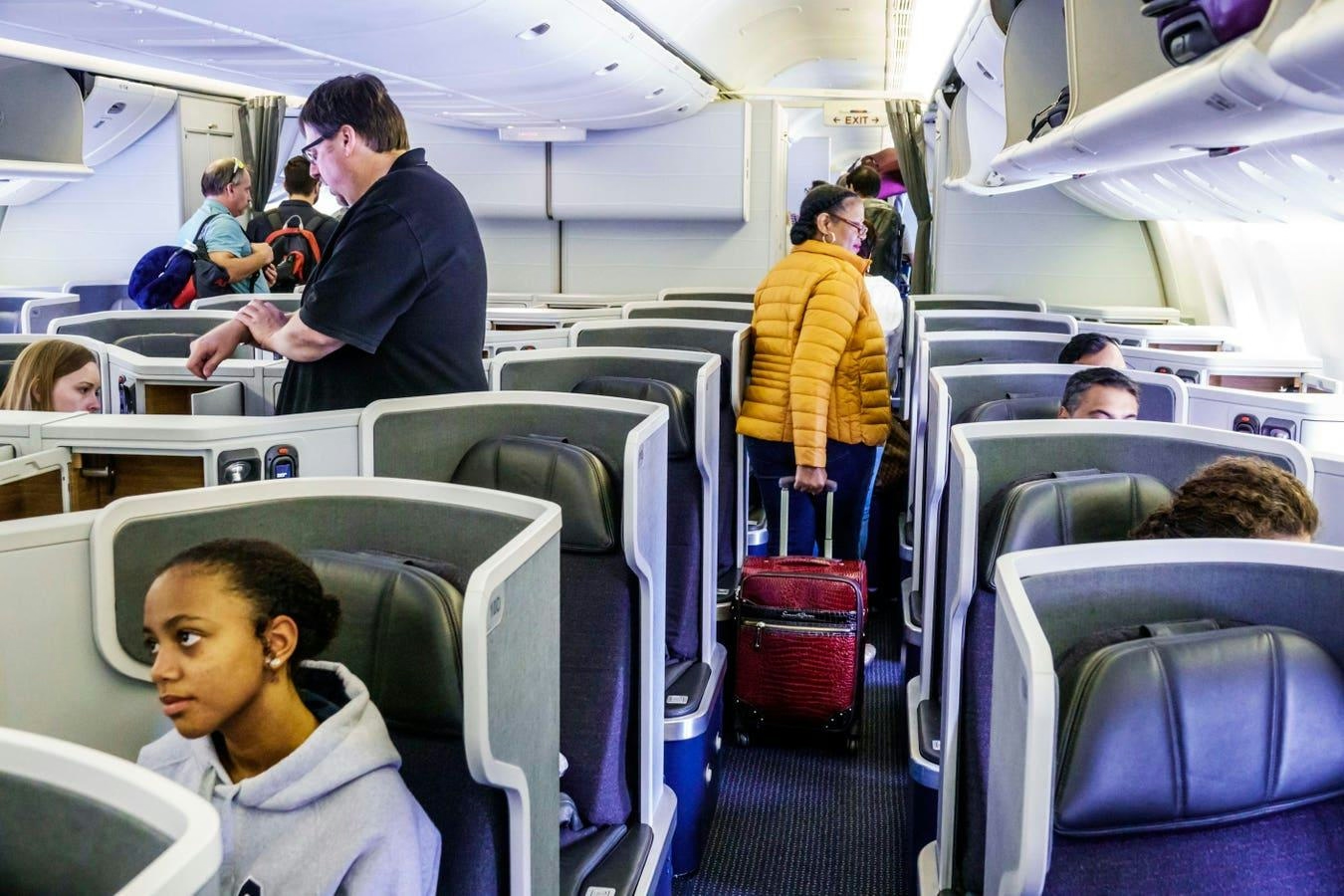
Skift Global Forum Video: In-Flight Wi-Fi as a Catalyst for Travel Innovation
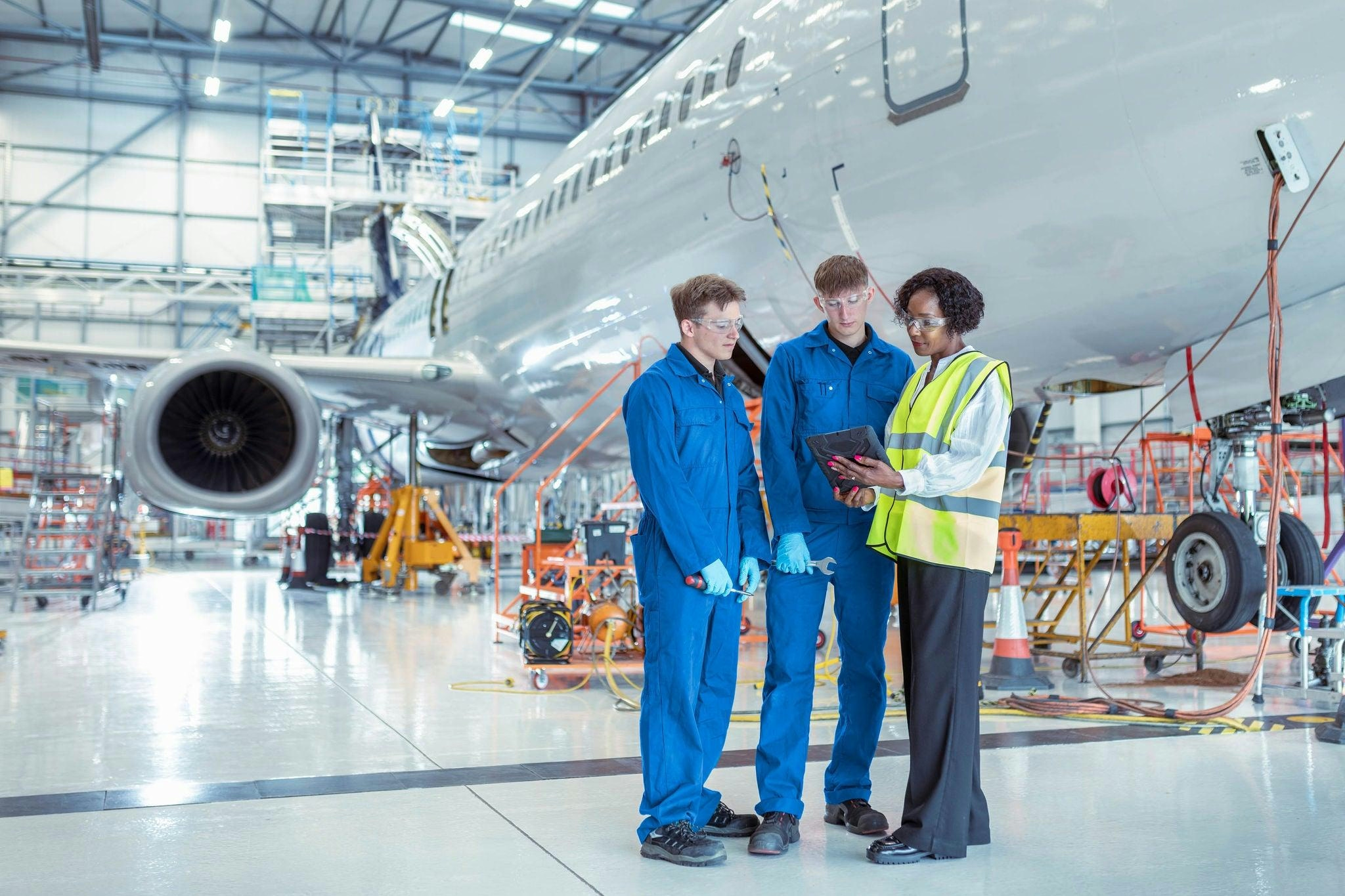
Digitalization Enhances Efficiency in Aerospace Supply Chains
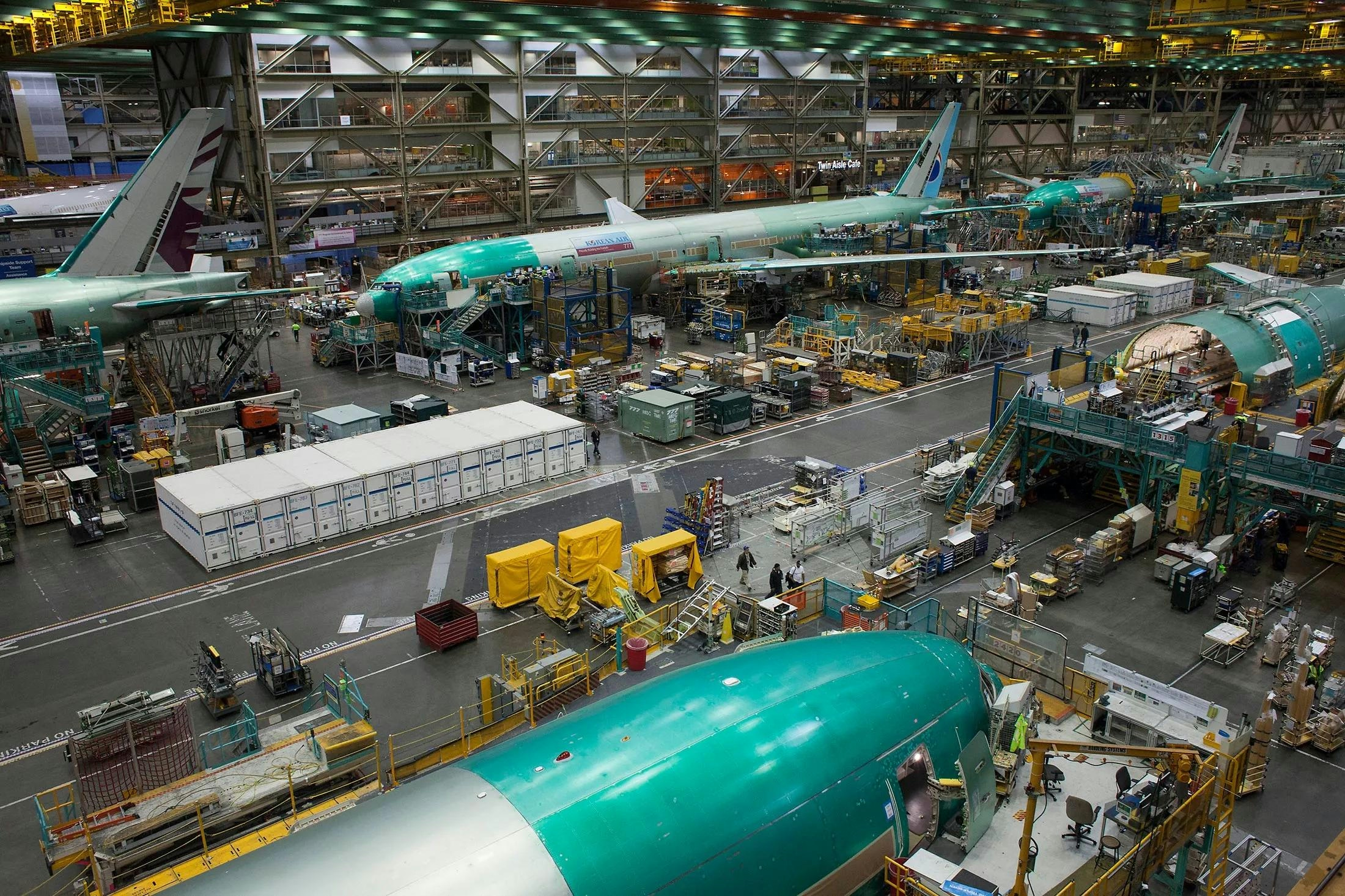
Why Production of the World’s Most Reliable Twin-Aisle Aircraft Has Ended
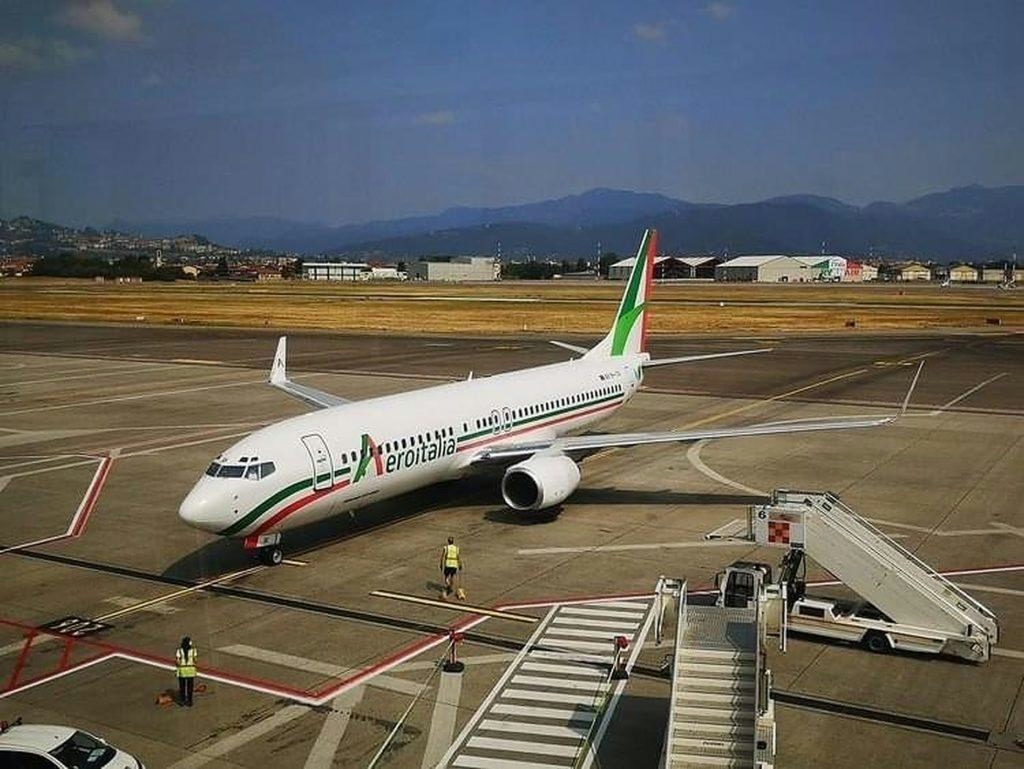
Aeroitalia Signs Lease for Five Boeing 737-8 Aircraft
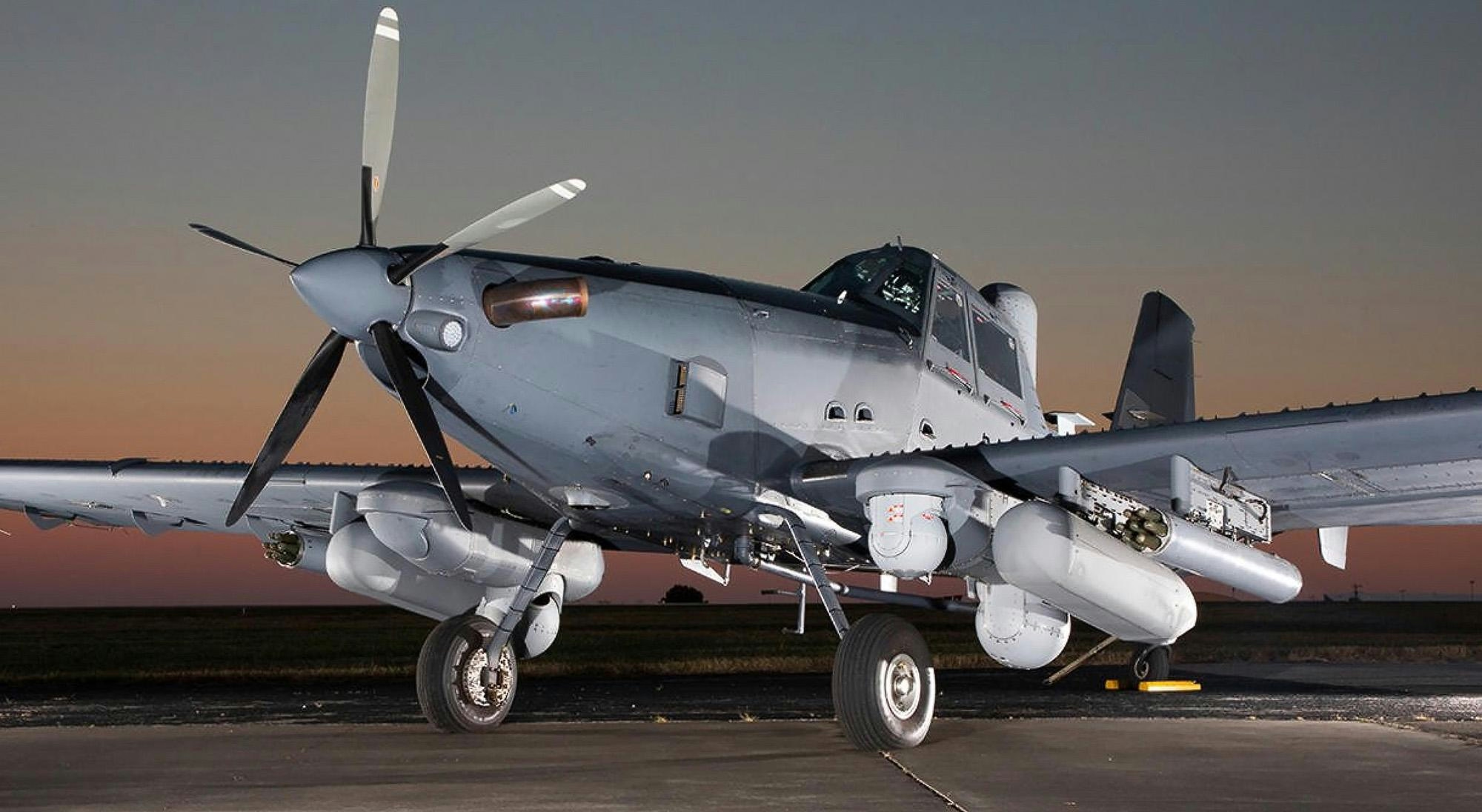
Omni Defense Tech’s SKYDRATE Wins Awards for Innovation and Safety
